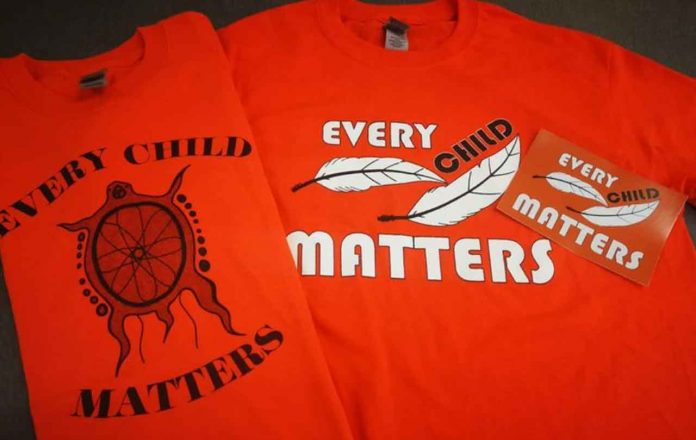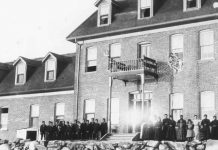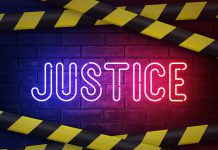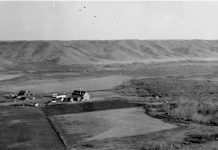Stó:lō Nation’s Diligent Efforts Confirm Tragic Histories
Stó:lō First Nation – The Stó:lō Nation, located in British Columbia’s Fraser Valley, has undertaken a comprehensive investigation into the tragic issue of missing children and unmarked burials. Through their unwavering dedication, they have successfully confirmed the identities of 158 children who either perished while attending three former residential school sites or due to their attendance at these institutions, as well as a former hospital.
The diligent research efforts of the Stó:lō Nation have shed light on the somber histories of these institutions. Initial results obtained through ground-penetrating radar have revealed the presence of multiple irregularities that may correspond to unmarked burial sites, particularly at St. Mary’s Residential School in Mission, as reported by the Nation’s dedicated research team.
“The heaviness of the work today cannot be summed into words,” said Chief David Jimmie, president of the Stó:lō Nation.
Ground-Penetrating Radar Indicates Potential Unmarked Burial Sites
Utilizing advanced ground-penetrating radar technology, the Stó:lō Nation’s research team has made significant strides in uncovering hidden truths. The potential presence of unmarked burial sites underscores the need for further investigation and acknowledgment of the painful past associated with these institutions.
A Quest for Justice and Acknowledgment, Not Just Numbers
This initiative by the Stó:lō Nation, initiated in December 2021, is a proactive response to the discovery of over 200 graves at a former residential school in Kamloops in May 2021. It aligns with similar searches and discoveries conducted or underway in various provinces across Canada.
Chief David Jimmie, Grand Chief Doug Kelly, and survivors emphasize that their efforts go beyond counting the lives lost. It is driven by a profound desire to pay tribute to their ancestors and acknowledge the resilience of survivors.
“This isn’t a victory. This isn’t a win. This is justice. This is a validation of what me and my people have gone through in residential schools driven by the government with the backbone of the church,” said Cyril Pierre, a member of the Katzie First Nation and survivor of St. Mary’s Indian Residential School.
Throughout nearly two centuries, from the 1830s until the closure of the last residential school in 1997, over 150,000 children were forcibly sent to these institutions in Canada. These schools were established by the Canadian government with the primary aim of assimilating Indigenous people, resulting in the tragic separation of children from their families.
The findings of the Truth and Reconciliation Commission have illuminated the stark reality that a significant number of Indigenous children sent to these institutions never returned to their families. According to records, the National Centre for Truth and Reconciliation has documented approximately 4,100 children who lost their lives while attending these schools. However, it is widely believed that the actual number of casualties is significantly higher than this official count.
As the Stó:lō Nation continues its diligent work, it serves as a poignant reminder of the need for acknowledgment, healing, and justice in the ongoing journey of reconciliation between Indigenous peoples and the nation of Canada.





